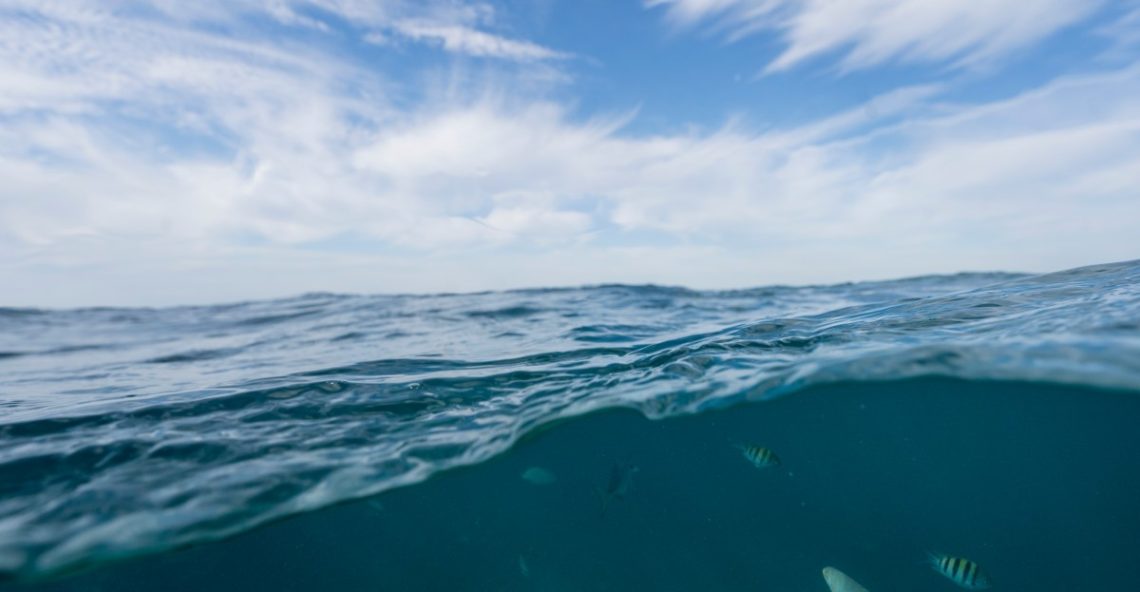The idea of extinction — the permanent loss of life — is frightening. Yet the stakes of losing plants and animals are often unclear. If an already-rare bird vanishes from the forest, most people probably won’t feel the impact.
But a troubling situation unfolding in Florida is different. Following a record-shattering heat wave in 2023, two marine species are now nearly extinct in the state — and the impact of that loss on human life will likely be felt for generations.
In a new study published this week in Science, researchers found that elkhorn and staghorn corals — two species once fundamental to the structure of Florida’s reef — are now “functionally extinct” in the state. That means these animals are so rare that they no longer serve a function in Florida’s marine ecosystem.
Starting in July 2023, water temperatures in Southeast Florida, home to the only barrier reef in the continental US, started rising to record-breaking levels, partly due to climate change. Sensors recorded temperatures above 93 degrees in some parts of the reef. And corals were ultimately exposed to heat that was as much as four times greater than “all prior years on record,” the authors write. That wiped out 97.8 percent to 100 percent of staghorn and elkhorn corals in the Florida Keys, where most of them were found, according to the study, which was led by Derek Manzello, a coral researcher at the National Oceanic and Atmospheric Administration.
“What we saw happen was an extreme heat wave where conditions surpassed the thresholds of survival of a whole, entire species — two species — across all of Florida’s coral reef,” said Ross Cunning, a coral biologist at Chicago’s Shedd Aquarium, who was closely involved in the research. “That’s something we haven’t seen before. We were in shock.”
These results should alarm anyone living in coastal Florida. Staghorn and elkhorn corals — native to Florida and the Caribbean, where their populations have also plummeted — are not only pretty to look at but help sustain human life.
These species create complex structures that attract fish by providing them with a place to hide from predators and food to eat. Those include fish such as snappers and groupers that people catch and consume in Florida, where one analysis shows fishing is a whopping $24.6 billion industry. Then there’s the value that corals provide for nature-related tourism. Diving and snorkeling generate some $900 million a year in Southeast Florida. When you go snorkeling, there’s typically an expectation that you’ll see coral or the animals it supports, from eels to octopuses.
But perhaps most importantly, these two coral species safeguard coastlines from flooding during hurricanes. Or at least they did. Staghorn and elkhorn grow in the shallows, where their many large branches help reduce wave energy, much like a seawall. Waves with less energy are smaller and slower and don’t deal as much damage when they reach the shore. A 2014 meta-analysis found that coral reefs — which comprise other species beyond staghorn and elkhorn — can reduce wave energy by an average of 97 percent. That translates to money: A 2019 government study found that Florida’s coral reefs avert $675 million worth of flood damage each year.
Now that these coral species are mostly dead, staghorn and elkhorn skeletons in Florida will eventually wither away, leaving the coastline less attractive to fish and tourists, and more vulnerable to storms.
What happened in Florida is not a one-off event. Top scientists are confident that extreme marine heat waves are becoming more frequent. And while staghorn and elkhorn are especially sensitive to warming, they certainly aren’t the only species that heat puts at risk. The planet has already lost roughly half of its live coral cover, and climate change — and the bleaching of corals it causes — has emerged as the top threat. In Australia, for example, a 2024 bleaching event killed off roughly a quarter of the corals in the northern Great Barrier Reef, a record decline.
The state of coral reefs is so bleak, in fact, that a large, international team of scientists recently announced that these ecosystems worldwide have surpassed a climate tipping point, beyond which they can no longer survive.
That means that unless wealthy economies stop burning fossil fuels, it’s unlikely that Florida will ever be able to bring back abundant colonies of elkhorn and staghorn corals, even with aggressive restoration efforts. Indeed, many of the corals that died in the 2023 heat wave were planted on the reef by conservation groups. (I detailed that in a separate story here.)
Even if the world’s top polluters slashed their emissions immediately — which, at the moment, appears anathema to US energy policy — coral reefs would still face dramatic losses. The ocean is already far too hot. Restoring the life-supporting benefits that reefs once provided in places like Florida now requires advanced technology to breed heat-tolerant corals, while also tackling other threats like overfishing and pollution.
“We need to do something to throw corals a lifeline,” Cunning told me. “We can’t just stop and say, ‘Oh, the federal government isn’t doing what we’d like to see happen on this front, so we’re just going to give up.’ We can’t stop. We have to keep trying.”
The post What scientists saw underwater in Florida left them “shocked” — and devastated appeared first on Vox.




